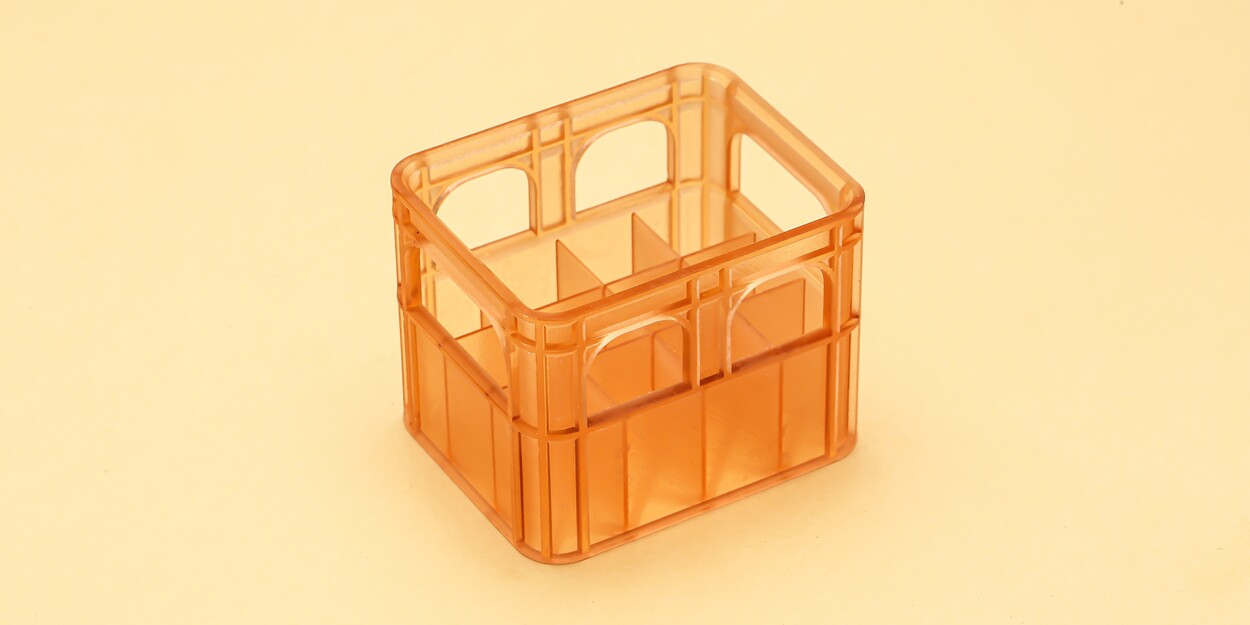Key Design Considerations
1. Minimum Feature Size & Resolution
Detail vs. Reliability: While modern SLA machines can resolve down to 25–50 µm layers and ~100 µm XY accuracy, practical minimum printable features (walls, text, small bosses) are closer to 0.5–1 mm for consistent printing and post-processing.
Feature Spacing: Keep small features at least 1 mm apart to avoid fusing during polymerization or post-cure.
2. Wall Thickness & Structural Integrity
Minimum Walls: Aim for ≥ 0.8 mm for non-load-bearing geometries; ≥ 1.5 mm for functional parts that will see handling or light loads.
Uniformity: Avoid abrupt changes in wall thickness to reduce internal stresses; use fillets to transition between thick and thin sections.
3. Tolerances & Fit
Clearance Fits: For sliding parts, provide 0.2–0.3 mm clearance per mating surface.
Press-Fits & Snap-Fits: Design snaps with 0.1 mm interference for stiff resins; increase to 0.2 mm for flexible resins.
Dimensional Compensation: Account for ~1–2% linear shrinkage during post-cure—calibrate with test prints if tight tolerances are critical.
Orientation & Support Strategy
1. Part Orientation Best Practices
Minimize Supports on Critical Surfaces: Orient so that cosmetic faces face upward and away from where supports attach.
Balance Build Time & Strength: Steeper angles (45–60°) reduce cross-section per layer, speeding builds but may require more supports. Flatter angles (10–30°) improve surface finish with fewer but larger supports.
2. Support Structure Design
Tip Size & Density: Use small, conical support tips (~0.3 mm diameter) for fine features; denser supports under heavy overhangs to prevent sagging.
Strategic Placement: Place supports in recessed or non-visible areas; avoid thin fins and fine text.
Support Removal: Ensure ample clearance (≥ 1 mm) between support posts and thin walls to allow clean removal without gouging.
Hollowing & Drainage
Why Hollow Parts
Cost & Time Savings: Reduces resin usage and build time, especially for large volumes.
Weight Reduction: Beneficial for wearable or aerospace components.
Designing Escape Holes
Number & Placement: At least two holes per cavity—one for resin evacuation, one for air entry—positioned at high and low points in the orientation.
Hole Diameter: ≥ 3 mm for standard resins; up to 5 mm for high-viscosity or filled resins.
Wall Thickness for Hollowed Sections
Maintain ≥ 1.5 mm nearly uniform around the cavity to prevent deformation during curing and ensure structural integrity.
Surface Finish Optimization
1. Orientation to Reduce Stair-Stepping
45° Rule: Batch multiple parts alternatively at 45° to balance fine detail vs. build height.
Rotation: Slightly rotate parts (5–10°) on the XY plane to randomize layer artifacts.
2. Post-Processing Tips
Washing: Use ≥ 95% isopropyl alcohol in a two-stage bath—first rough rinse, then fine rinse—to remove residual resin.
Curing: Follow resin manufacturer guidelines; typically 2–4 minutes at 405 nm. Over-curing can embrittle parts; under-curing leads to tackiness.
3. Sanding & Coating
Sanding Sequence: Start at P400 grit, move through P800 → P1200 for smoothness; finish with P2000 for mirror finish.
Thin Coatings: Apply spray primers (50–100 µm) in light coats to fill micro-layer lines before final paint or plating.
Common Design Pitfalls & How to Avoid Them
|
Pitfall |
Consequence |
Solution |
|
Over-complicated Geometry |
Print failures, trapped resin |
Simplify features; split into sub-assemblies |
|
Unsupported Overhangs (>45°) |
Sagging or delamination |
Add supports; re-orient to reduce overhang |
|
Thin Fins & Spikes |
Breakage during build or cleanup |
Thicken to ≥ 1 mm or remove altogether |
|
Insufficient Drainage |
Resin traps, print voids |
Add/size escape holes; verify in slicing tool |
|
Ignoring Shrinkage |
Dimensional inaccuracy |
Scale model by +1–2% or calibrate per resin |
FAQs
Q: What’s the smallest text I can engrave on an SLA part?
A: For standard resins, 1 mm tall and 0.2 mm stroke width works reliably—experiment with a test coupon if you need finer typography.
Q: Can I print living hinges in SLA?
A: Yes—design thin (0.4–0.6 mm) “flex areas” in a tough or flexible resin, and orient the hinge axis perpendicular to the build plane.
Q: How do I avoid yellowing over time?
A: Choose a UV-stable resin, avoid excessive UV post-cure exposure, and store parts away from direct sunlight in sealed containers.
Q: Is it better to print solid or hollow?
A: Hollow for large, non-structural parts to save resin and time; solid for small, mechanical, or high-strength components.
Q: How do I ensure good chemical resistance?
A: Select an engineering-grade resin specifically formulated for chemical exposure, and consider an external coating or plating for harsh environments.














